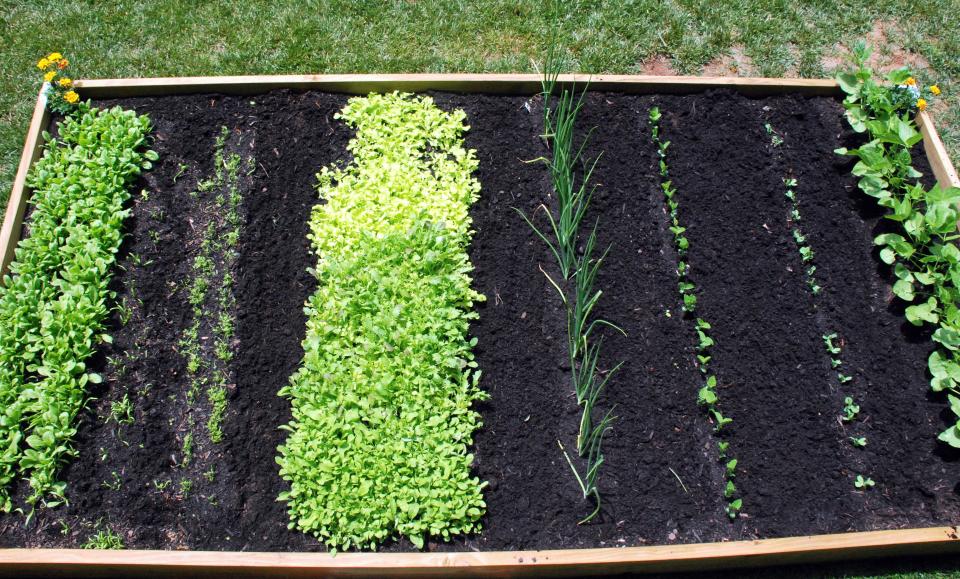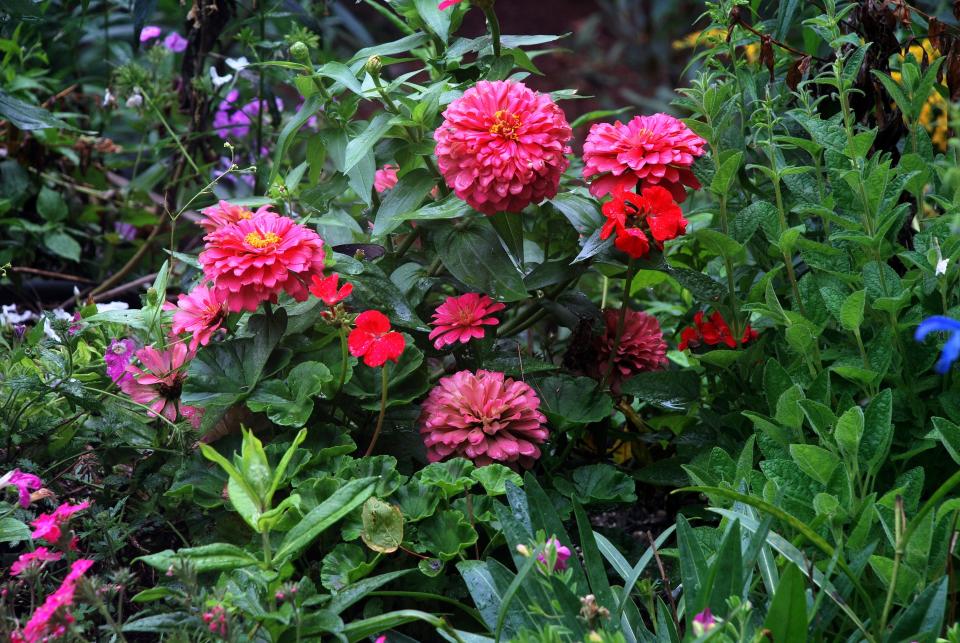Gardening: Tips on ordering seeds and when to plant them
Growing flowers and vegetables from seed can be fun, save money, and give you a lot of satisfaction. Right now, if you are a gardener, you probably have a number of seed catalogs that have just arrived. The vibrant and colorful pictures are enticing and can make you want to plant everything you see. If you are new to planting seeds, you might feel a bit overwhelmed by all the choices you have. It is tempting but you need to know a few rules before you start getting too excited.
Now is a good time to order seeds. Whether you are starting them indoors or planning on sewing directly in the garden, if you spend some time now going through the catalogues and making some choices, you will not have to worry about the company running out of the seeds you want. But if you do this, be sure to remember where you put them. One year I did not find my seeds until well into June. Do not let that happen to you.
One of the first rules is do not over order. I tend to do this every year so I am not the one to tell you this, but it is true. It is hard to go through one of the new seed catalogues and not want one of many of them. Remember how large a space you have and choose one or two kinds of vegetable and see how they do. “If your eyes are bigger than your space” and you over order the first year, this is a good way to get frustrated and quiet. For the seasoned gardener, make a list of the plants that did well, your favorite plants to grow, and plants that you might want to try if you want to branch out this year.
I usually have seeds left over from the previous year and I check them to see what I have before I get too far into ordering. Seeds will last two or three seasons if they are kept in a cool, dry place. I keep mine on the door in my freezer in an airtight bag and they seem to do just fine the following season.
When you are studying the different catalogs, notice the key symbols that are displayed by the item. There will be a chart telling you about the item. You will need to know if what you want to buy is right for your area. If you are a seasoned gardener, you should refer back to notes and recall what did well for you and what did not. Seasoned gardeners tend to know what works in their area and they tend to purchase many of the same seeds each year.
I guess you already know if you are wanting to plant a vegetable garden or a flower garden. Then if you are thinking about growing some cool-weather flowers or vegetables like broccoli, cabbage, pansies, lettuce, or other cool weather plants, starting the seeds indoors will give you a jump start and it will give you a chance to grow crops before the heat of summer gets too strong. You can get them started indoors and then transplant them outside when the soil warms up.

I tend to plant more flowers than vegetables, well, I have to have my squash, corn and tomatoes. With these, I plant the majority of seed directly in the ground when the last frost for the season has passed. People use to always say to plant on Good Friday. This might be true in some areas but not everyone’s ground t is warm enough by then and as you know; some years Easter is early and other years Easter is late.
When I am studying which variety to grow of flowers, I look for disease-resistant varieties, especially if you have had any problems. For example, when I am looking for zinnias or phlox, I want to make sure I have a mildew-resistant variety. If you are looking for tomato seeds, look for varieties labeled with VFN which means they are resistant to certain diseases like verticillium and fusarium. Today you see more and more disease resistant seeds available. 2

See if the seed catalog includes a growing guide for each species of flowers or vegetables. This includes the soil pH, if you need to soak your seeds, best soil temperatures for germination, planting depth and spacing, time to germination, and fertilizer that is needed. This can be very helpful information.
When ordering vegetables, some people want to make sure they have a choice of heirloom varieties. I am a big proponent of growing heirloom tomatoes. I will choose a Cherokee purple tomato over a regular tomato every day of the week. They are my very favorite tomato and you cannot beat a home-grown one.
If you have the space and are wanting to grow corn, you will need to know if you want an heirloom corn or one of the carefully chosen hybrids that were created the old-fashion way, by selective breeding. I tend to love the bicolor corn and there are several ones to choose between. But also know that the taste can vary according to the soil conditions, climate, fertilization and irrigation.
If you are new at this, try a packet of zinnias or squash or cucumbers. These are some of the easiest seeds to grow and it will give you confidence to grow more the following year. Just remember, do not make your first garden too large. Start small and grow. Happy Gardening Everyone! Betty Montgomery is a master gardener and author of “Hydrangeas: How To Grow, Cultivate & Enjoy,” and “A Four-Season Southern Garden.” She can be reached at bmontgomery40@gmail.com.

This article originally appeared on The Fayetteville Observer: New to buying seeds for the garden? It helps to follow these rules.

